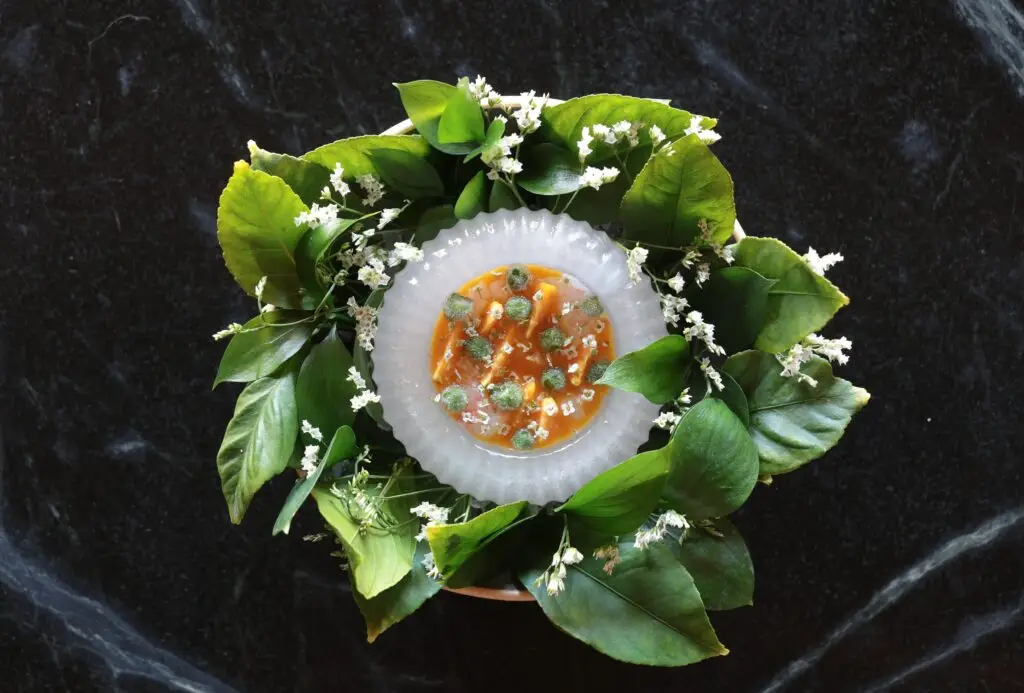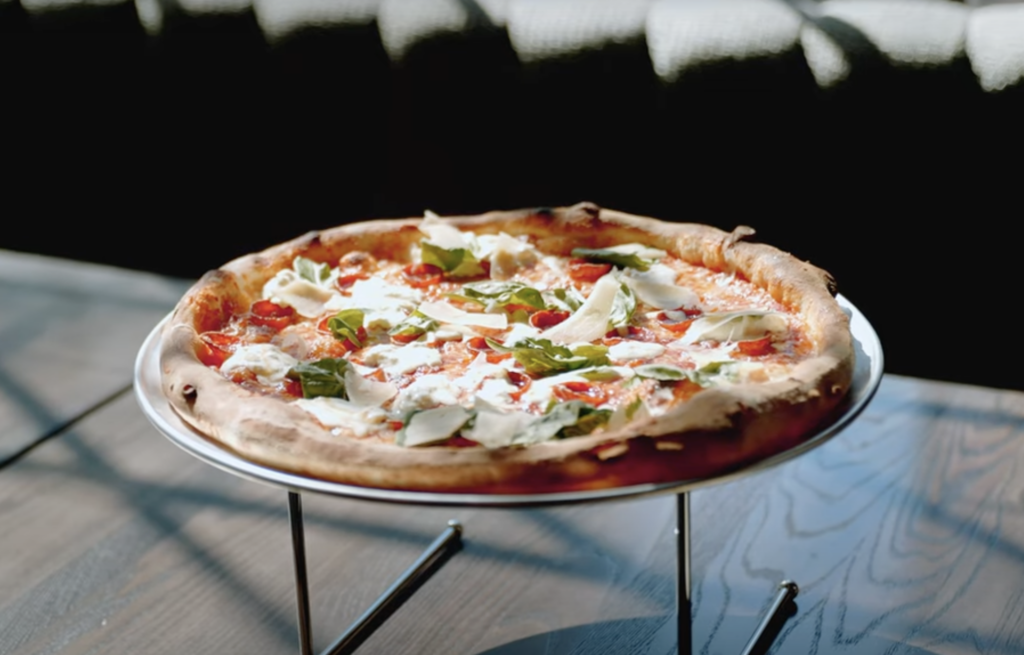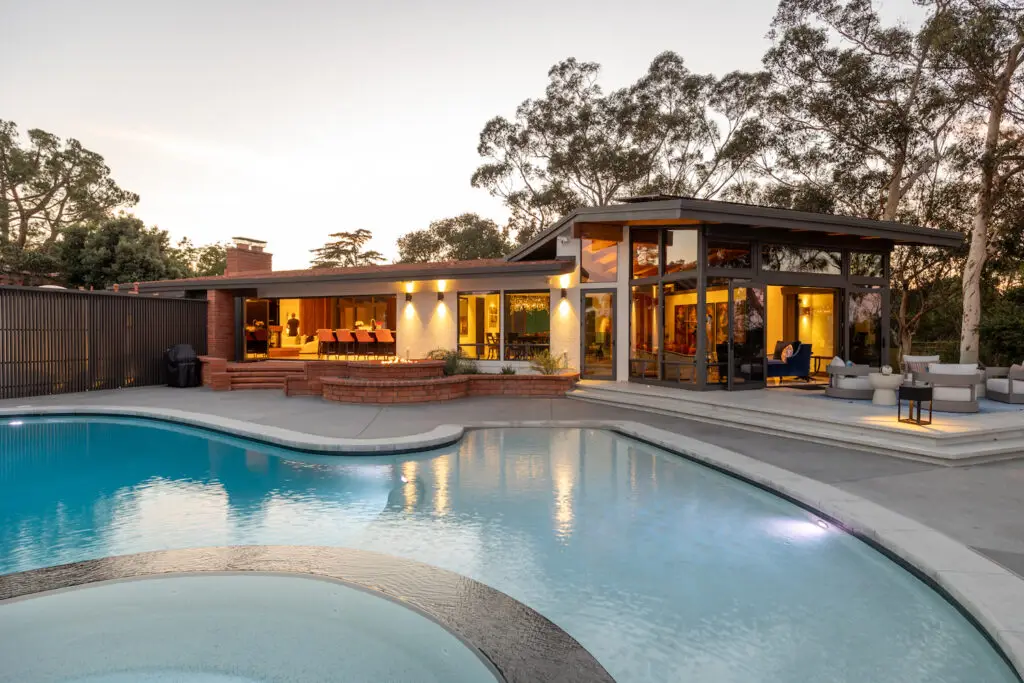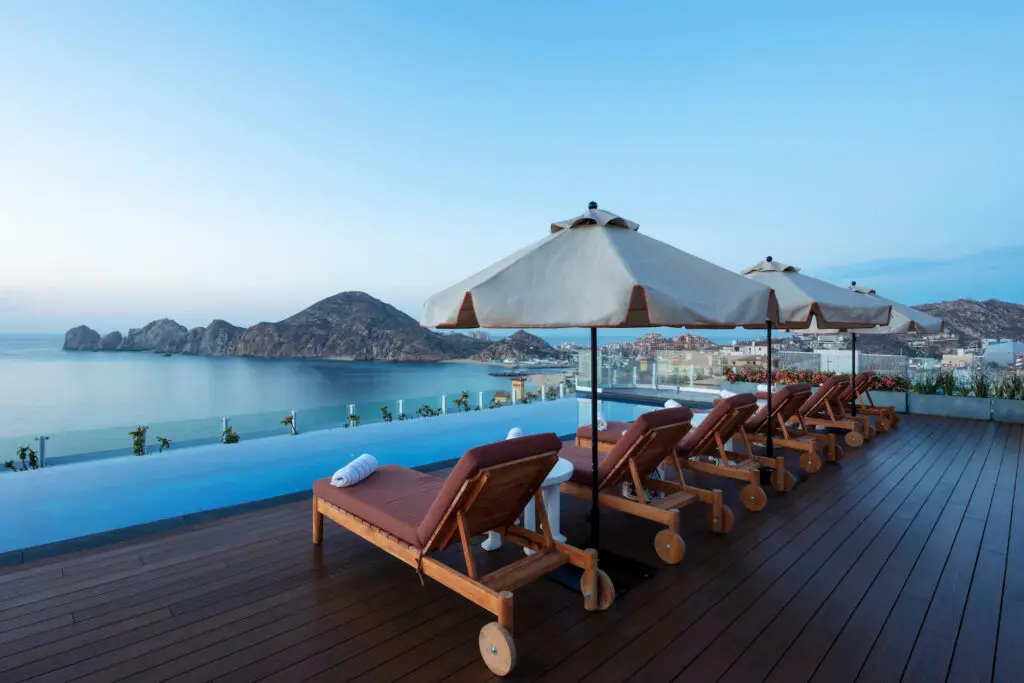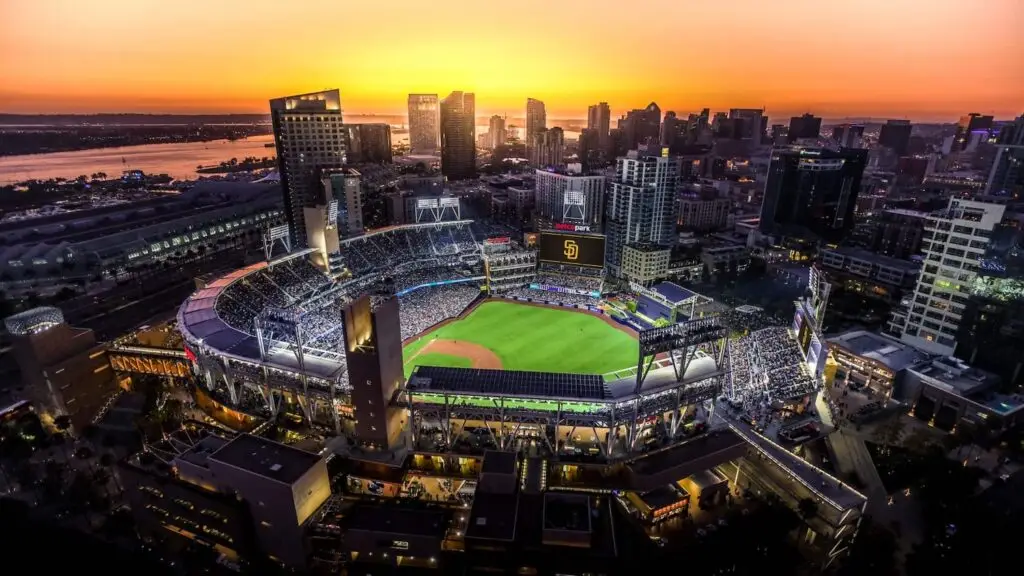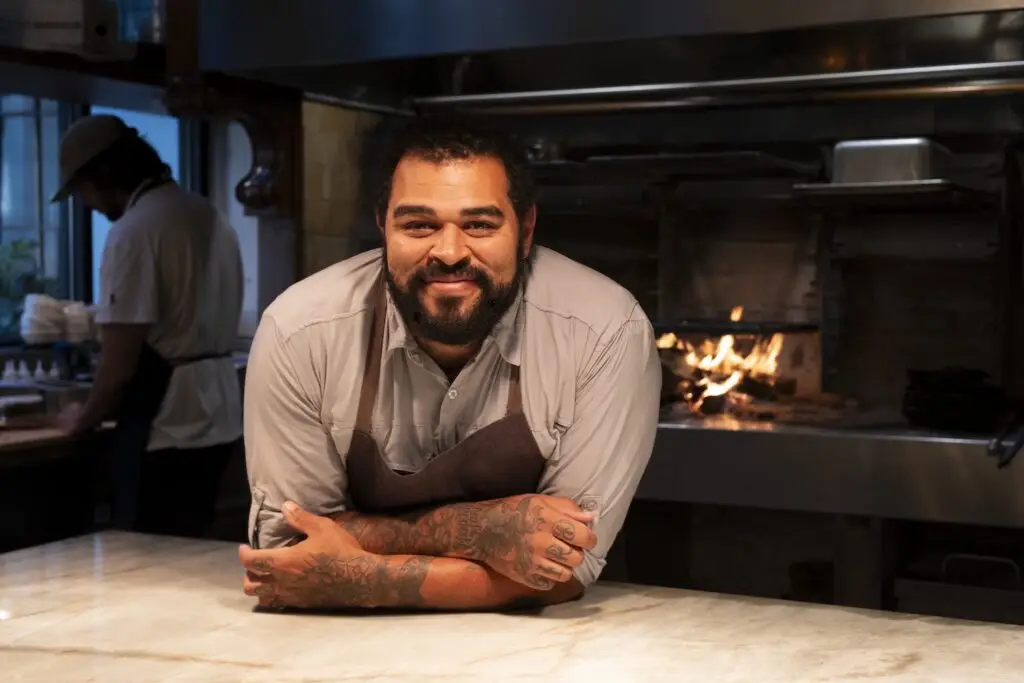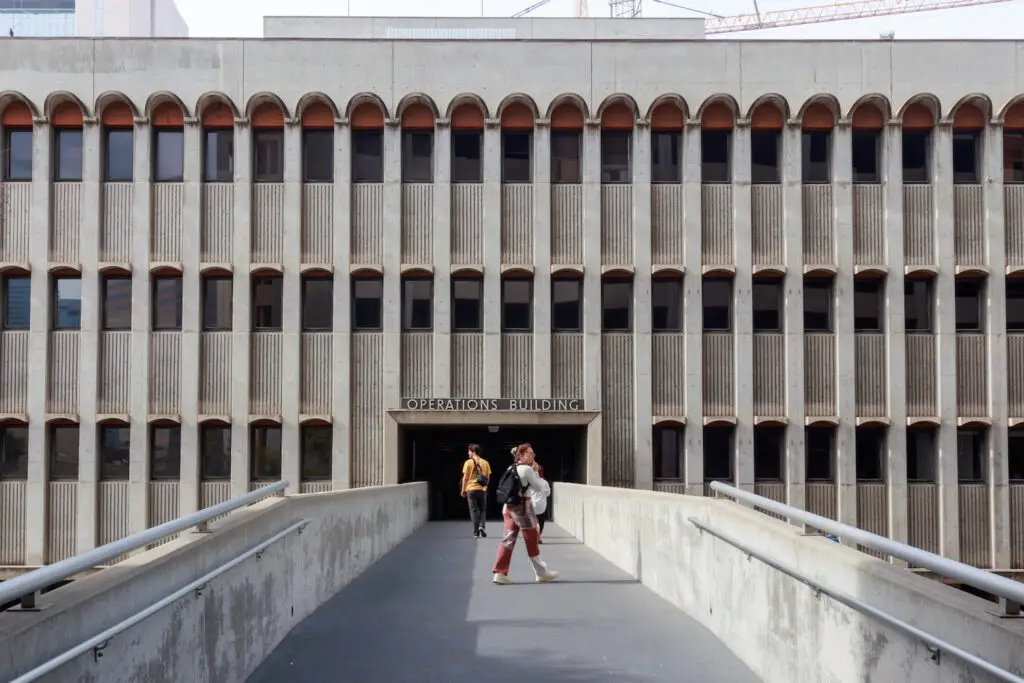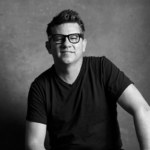No disrespect to longtime steward Qualcomm, but many natives will remember the concrete wonderland by its older name. Born San Diego Stadium in 1967, it was rechristened in honor of local sportswriter Jack Murphy in 1981, a time when mighty structures were named after the mighty humans who willed them into existence.
People snubbed it for its gray Brutalist slabbiness. The Murph wasn’t ugly as much as severe, as if the stadium were expressing immovability or impersonating the Death Star. Its humorless immensity made it stand out in a city full of sunny, relaxing objects.
Its greatest features were the four-story circular ramps. For 53 years, feral children high on churros ran up and down them like gremlins on fire. The rugrats wouldn’t even slow down for the blind corners, just round them at 65 mph and run headfirst into the stunned guts of middle-aged fans, most of whom were just trying to sneak a ciggy in peace. “Go run the ramps,” young parents would say. The ramps were free daycare.
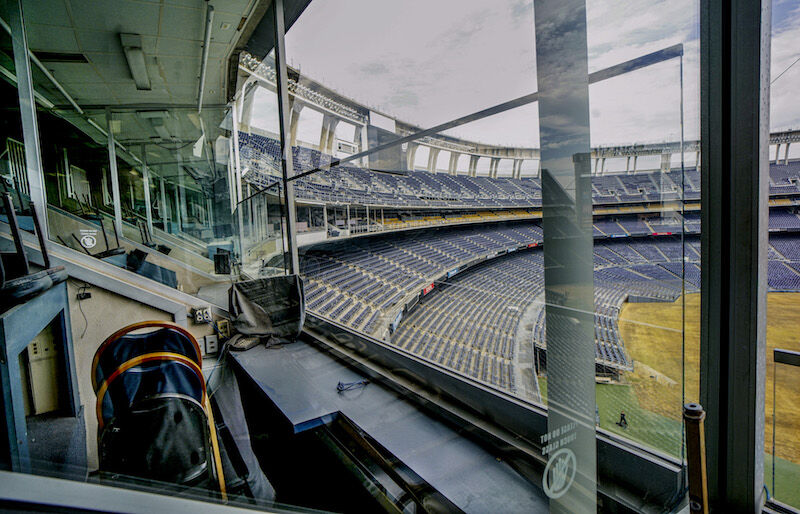
The press box
Sandy Huffaker
The Murph was home to Tony Gwynn’s omnipotent hand-eye coordination, Steve Garvey’s fist pump, Dan Fouts’s covered-wagon facial hair, LaDanian Tomlinson’s touchdown addiction, and Trevor Hoffman’s epic jog to AC/DC. The joy of the Murph was so great that it turned a man in a chicken suit into a national hero.
Every great play, we’d look up to the broadcast booth, waiting for Jerry Coleman to hang his star from a fishing pole or mop handle or whatever that was. Jerry was a war hero and an “Oh doctor.” Ted Leitner was in there, telling it like it was. Ted didn’t sugarcoat it. He just shoved the medicine of truth into that microphone, so breathlessly verbose it seemed his mouth was constantly chasing his IQ.
San Diego sports fans rationed the joy we got here. We slow-dripped the epic thrill of the Padres’ 1984 series win against the Cubs into the bloodstream of our collective fandom until our next playoff appearance, 12 years later. When the Chargers made the postseason, we knew God would eventually blow the winning kick right or left or anywhere but good, but we still danced to our “Super Chargers” theme song, smug that opposing fans would have to go home to some city that’s not San Diego.
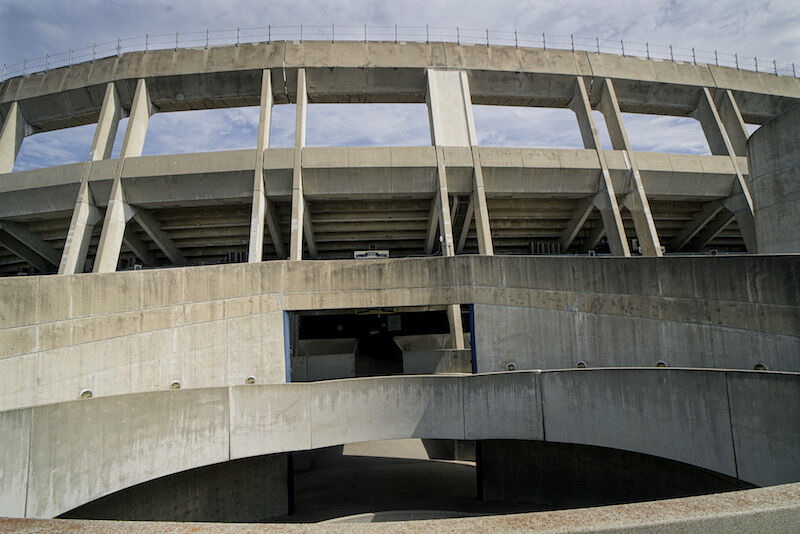
Behind the bleachers
Sandy Huffaker
And now the site will see new life under SDSU—a $3.5 billion project with a new stadium and retail and housing and hotels and parks. But these hallowed grounds will echo. Listen to the wind and you’ll hear Philip Rivers yelling at a referee. You’ll hear the menacing bull-snort of Junior Seau, accompanied by the terrified screams of ’90s quarterbacks who wished they’d gone to med school. You’ll hear 53 years of cheering, even if just for the sake of cheering at all.
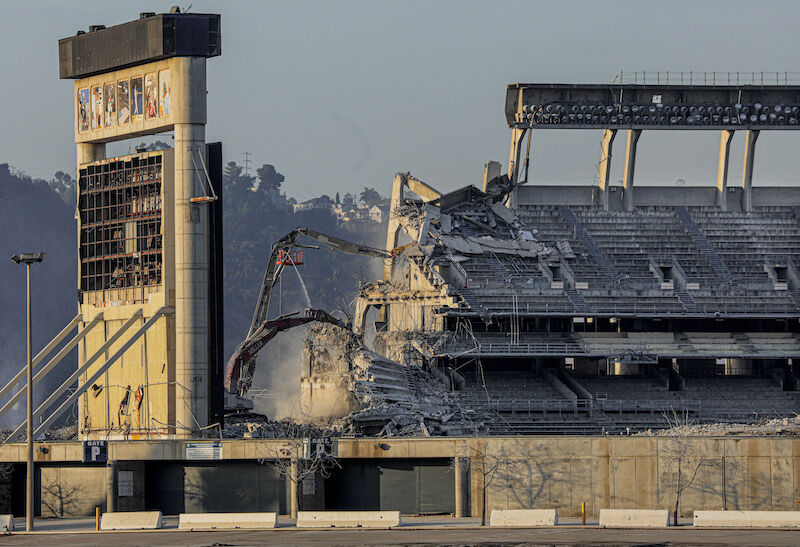
The status of the stadium’s demolition in January. It’s being torn down to make room for a new stadium for San Diego State University and a $3.5 billion residential and retail development.
Sandy Huffaker
